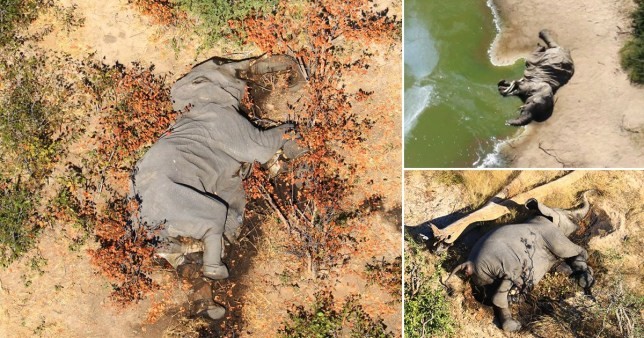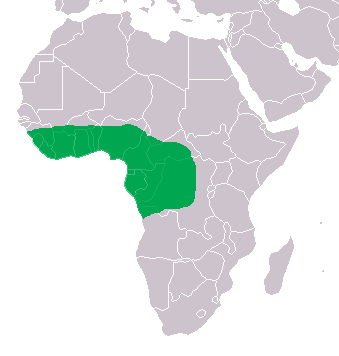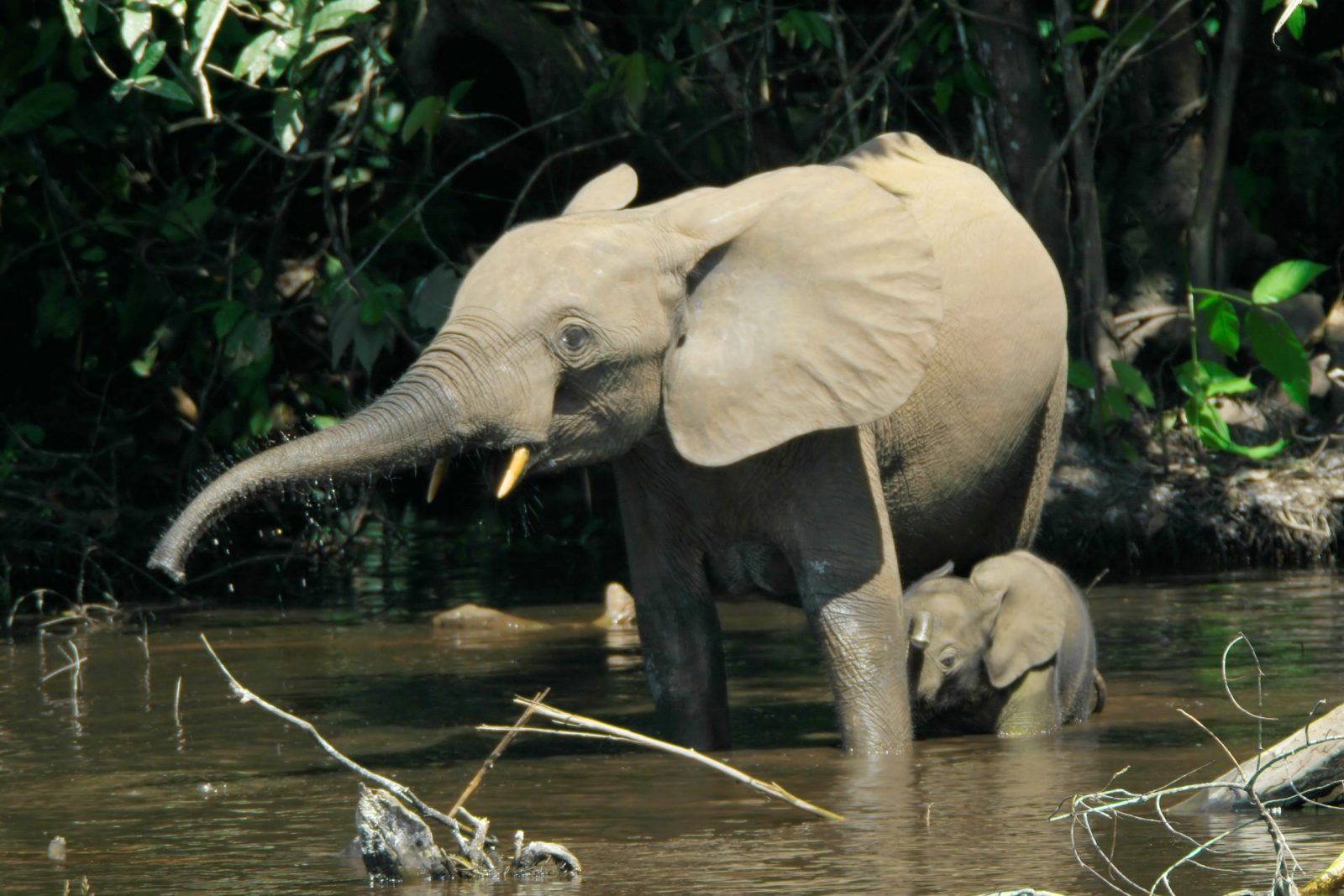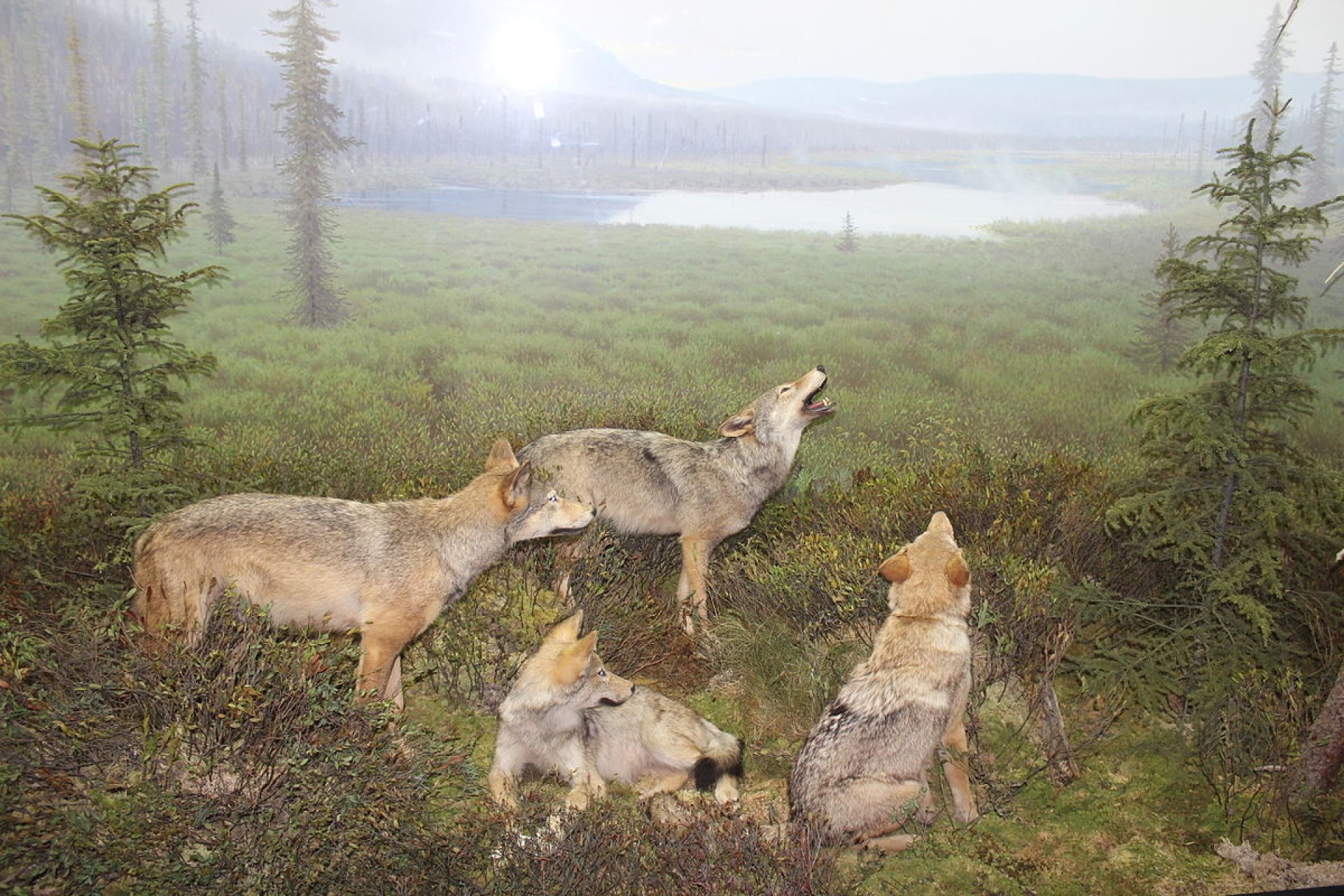
Baija or Chinese river dolphin - Extinct
Almost definitely extinct, this species of river dolphin lived in the Yangtze and was also known as the white dolphin among other names.
The last confirmed sighting was now more than 20 years ago, and given the incredibly polluted state of their river home it is unlikely that any did survive. There may well be much debate in the future, as to whether similar river dolphins from elsewhere could replace them. What is clear is that this is irrelevant for a significant length of time, as it is likely to be many decades before the river is capable of supporting significant populations of fish, never-mind a river dolphin.
Below is a rare clip of it from before extinction, and below is any times that it is mentioned on this site. Given that it is extinct, its mentioning may not be helpful for seeing it, but may well be of interest. Below this video, is an automated list of any articles from this site which mentions this species. Unfortunately, as the species is extinct means that the local population cannot benefit from ecotourism, but there are many other species that still cling on in China. All wildlife has the capacity to bring in money for those who live nearby. Help us make this happen


















